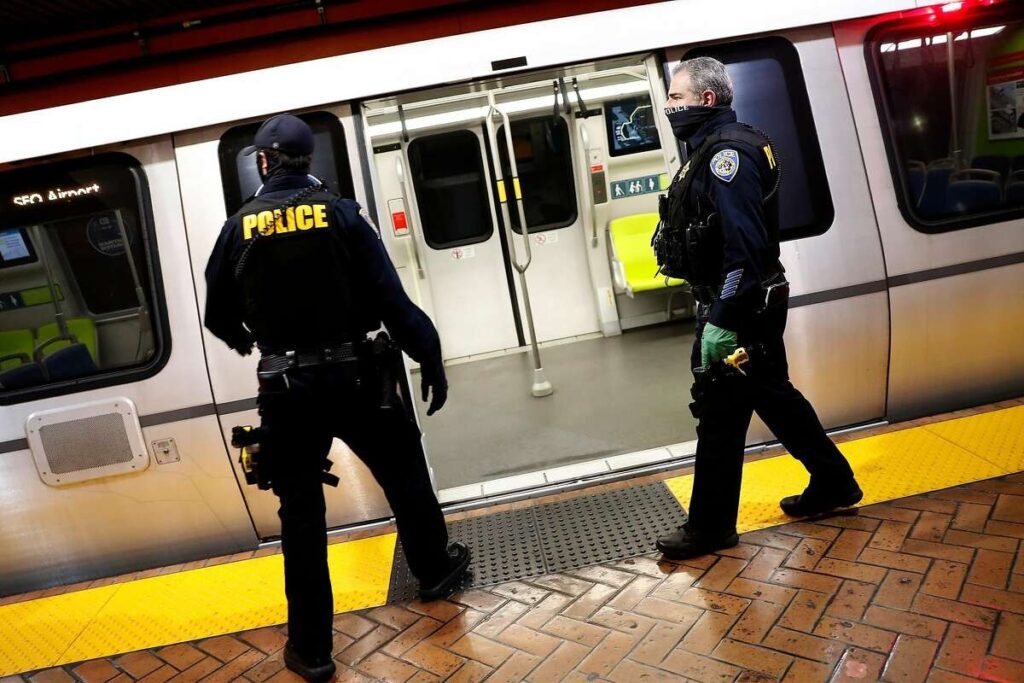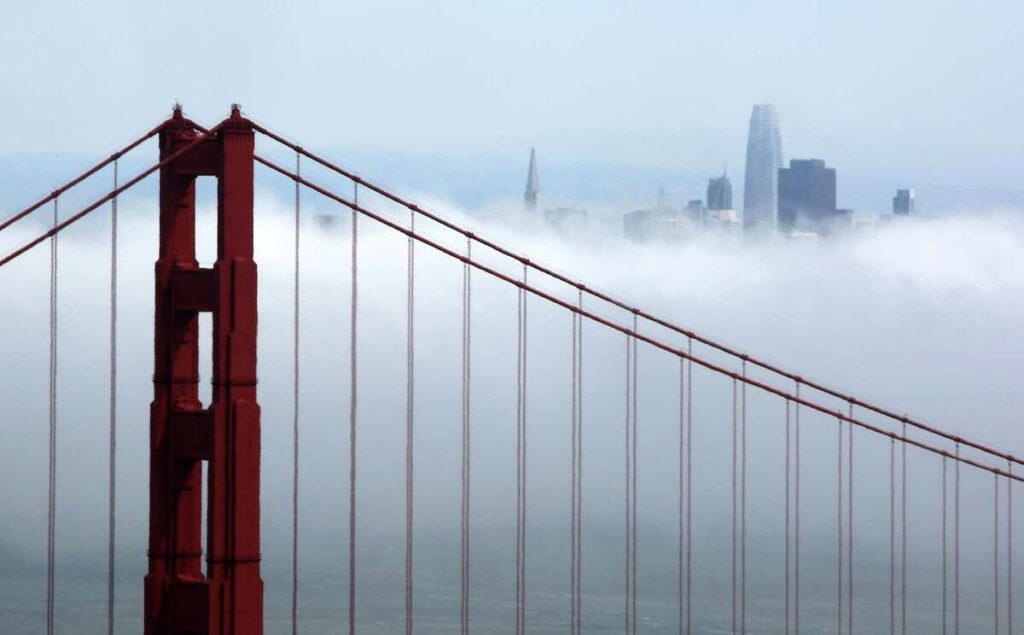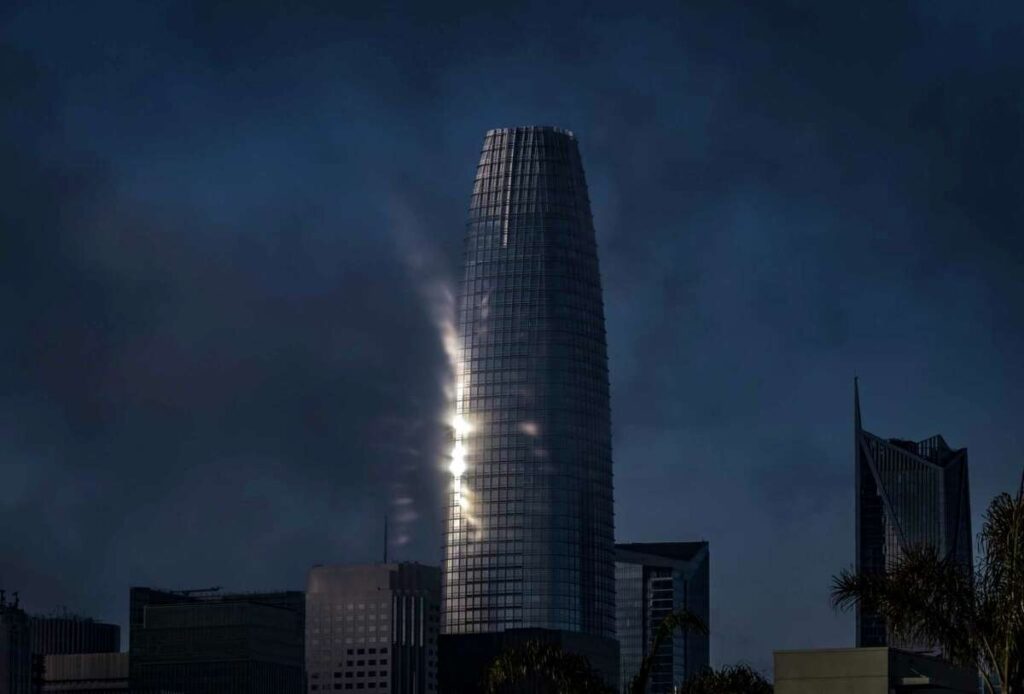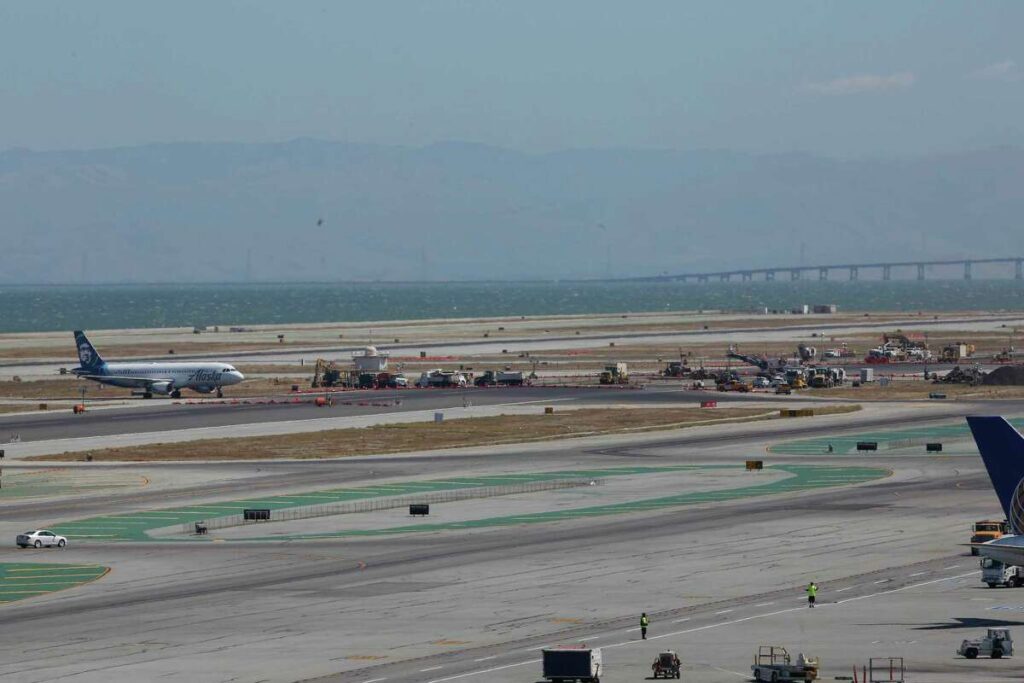Emily Hoeven
April 8, 2023
As a kid who grew up in the Bay Area, I’ve always loved BART. My childhood neighborhood was about a mile from a BART station, and the sound of trains going down the tracks was part of the fabric of home.
I was always an avid rider, even after I got my driver’s license. At rush hour, the trains were often close to bursting, but I loved the mix of ages and cultures and habits and destinations, the random serendipity of traveling with strangers in the same direction at the same time.
Recently, however, riding BART has become an exercise in waiting for something to go wrong.
These days, my trains are rarely on time. Scheduled trains have been abruptly canceled, leaving me stranded. And the increasing prevalence of homelessness, mental health and substance abuse issues on BART has frequently made me feel unsafe. One night, my train ground to a halt for nearly an hour as medical workers and police tried to help a person in crisis who had intentionally entered the tracks.
I’m not alone in these feelings: 78% of employers recently surveyed by the Bay Area Council said they were either somewhat or very concerned about their employees’ personal safety when taking BART or other transit systems to work. And BART’s most recent data reveals a sizable decline in service: From October through December 2022, just 71% of daily trains were on time — a precipitous drop from the 87% rate it achieved during the same period in 2019. Meanwhile, the number of canceled trains nearly tripled from 2021 to 2022, swelling to more than 10,000.
Not all these problems are unique to BART or of its own making. The pandemic devastated the country’s public transit systems, which are struggling to attract riders now that many office workers aren’t commuting to work. Many of BART’s recent delays have been due to extreme weather — including a heat wave and severe rainstorms — or staffing shortages exacerbated by the Bay Area’s lack of affordable housing. And BART is far from the only California transit agency grappling with homelessness and drug use: 22 people died on Los Angeles County’s trains and buses from January through mid-March, mostly from suspected overdoses.
Still, BART’s quality of service is unacceptable. Congestion on some Bay Area highways and bridges has nearly returned to or surpassed pre-pandemic levels, while BART ridership is stuck at about 40% of pre-pandemic levels. Many prefer to sit in traffic than ride an unreliable service that makes them feel unsafe.
Yet it’s also obvious that BART is essential. Apart from being central to California’s climate and equity goals, consider what happened when a powerful storm hit the Bay Area on March 21. Ferry service was suspended due to dangerous conditions. Then, a big rig overturned on the Bay Bridge, snarling traffic for hours and forcing bus lines to temporarily suspend service. BART, however, remained open, shuttling riders back and forth across the Bay.
Clearly, we can’t afford to let BART collapse — which it’s at risk of doing. Federal pandemic relief funds keeping BART afloat are expected to run out in 2025 — leaving the system with an estimated $78 million deficit that could hit $1 billion by 2028. To stave off its looming fiscal cliff, BART is planning numerous cost-cutting measures, weighing fare increases, lobbying the state for more money and considering whether to ask Bay Area voters for funding via a 2026 regional ballot measure.
But Harriet Richardson, who recently resigned as BART’s inspector general after accusing its board, management and unions of obstructing her work — a statement corroborated by an Alameda County civil grand jury — told me we can’t just hand over money and allow BART to “continue business as usual.”
Richardson pointed out that BART’s ridership was steadily declining even before the pandemic. And the system hasn’t always used money wisely: Richardson’s office, for example, found that BART spent $350,000 on a contract with the Salvation Army for homelessness services that enrolled just one person.
But the bigger problem is that failed policies at every governmental level have turned BART into a de facto social services provider. Furthermore, it’s unable to apply for state homelessness funds because it’s a transit agency, BART spokesperson Alicia Trost told me. Desperate, BART is considering forming its own nonprofit to seek homelessness funds.
BART is taking steps to address rider concerns: It’s spending $90 million to harden fare gates, deploying more police on trains and doubling the frequency of deep cleaning. It’s also nearly tripling the budget of the inspector general’s office. Trost said canceled trains should become “extremely rare” by this summer, and BART expects to reach full staffing by the end of the year.
But BART isn’t the only one that needs to change.
John Arantes, leader of one of BART’s largest unions, told me that he grew up in Portugal, where people see public transit differently: “They understand: To have a good system, I must pay my part.”
I thought about Arantes’ comments as I took BART to and from Oakland last weekend. Almost every person I saw jumped the fare gates to avoid paying — and they didn’t seem to be homeless. They simply couldn’t be bothered to contribute.
More money and oversight won’t be enough to save BART because the root of its financial problem is a social one: Until California develops sustainable models for addressing housing, homelessness, mental health and substance abuse — and until we start viewing public transit as a social good in which we all have a personal stake — nothing will really change.
Reach Emily Hoeven: emily.hoeven@sfchronicle.com; Twitter: @emily_hoeven



